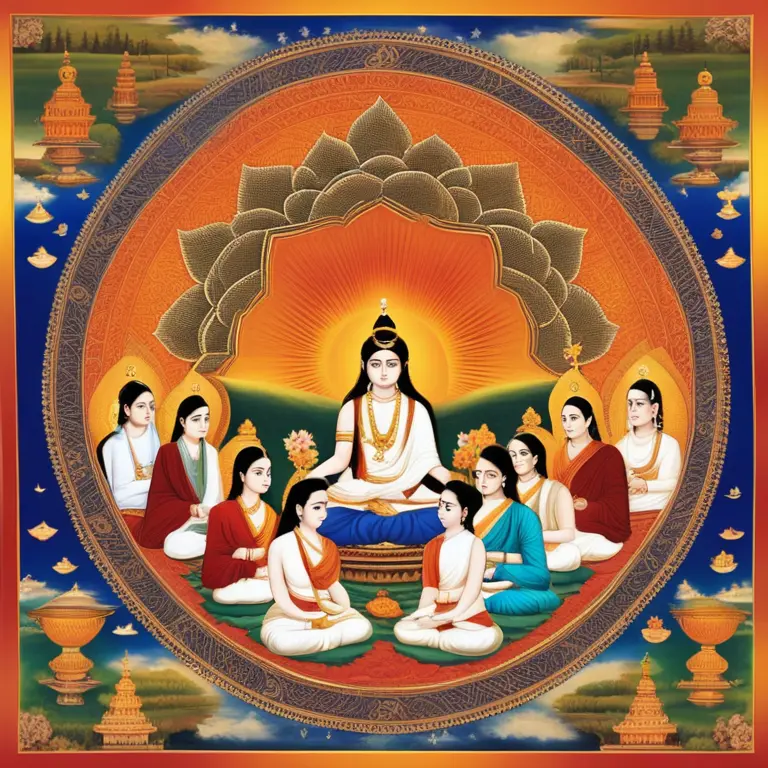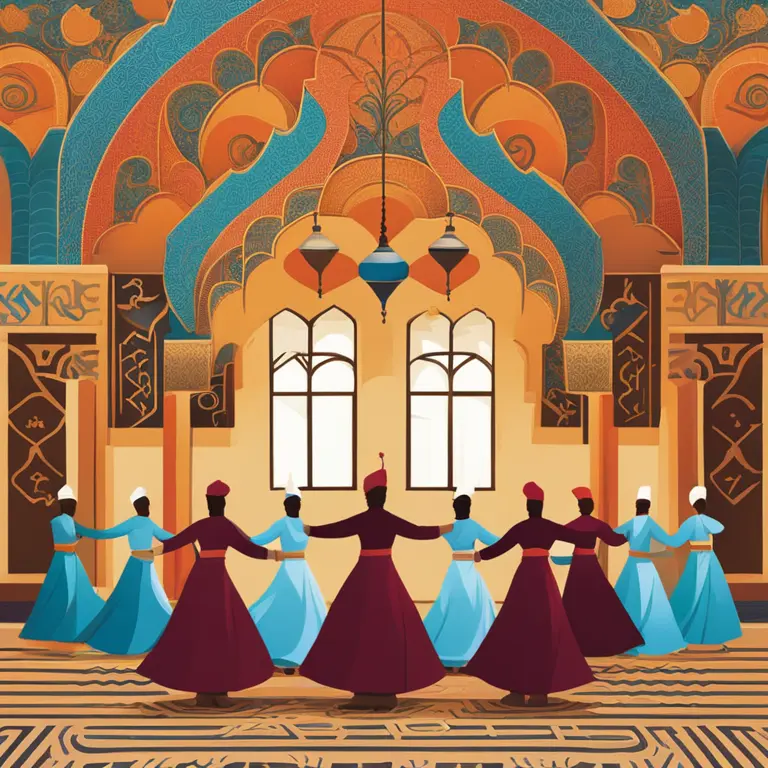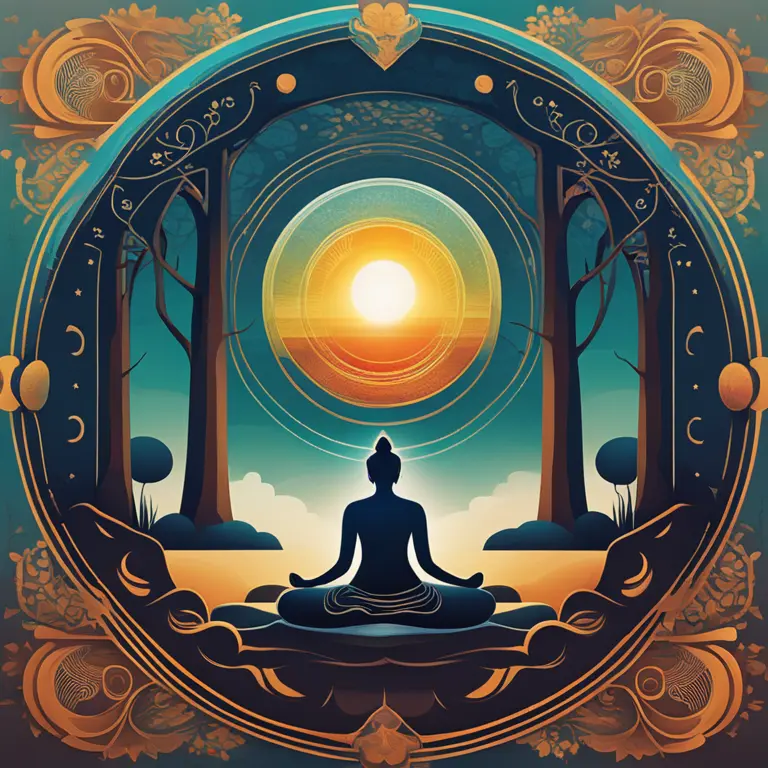
The Origins of Meditation Explored
Discover the ancient beginnings and historical evolution of meditation, a practice that spans centuries and cultures around the world.
article by Hina Kurosawa
The Roots of Meditation
The practice of meditation, with its deep historical roots, dates back to prehistoric times when rituals and chants were used to induce trance states. Through archaeological evidence, scholars have inferred the existence of meditation-like practices in the Upper Paleolithic period. Notable strides in meditation emerged with the advent of written history, where depictions and scriptures solidly anchor the practice in the chronicles of human civilization. Its evolution traces through various religious traditions, highlighting its integral role in spiritual development.

Vedic Beginnings and Buddhism
The codification of meditation practices is historically attributed to the Vedic civilization around 1500 BCE—where ancient texts like the Vedas prescribed numerous meditation techniques. However, a pivotal moment in the history of meditation occurred with the teachings of Siddhartha Gautama, the Buddha, around the 6th century BCE. He propagated the 'Dhyāna' practice to attain enlightenment, which eventually spread across Asia, developing distinctive forms in countries like China, Japan, Korea, and Tibet.

Taoist China and Zen
In parallel, China embraced meditation through Taoism, which emphasized living in harmony with the Tao, or the way of the universe. By the 6th century CE, Indian Buddhist meditation practices merged with Chinese Taoist practices, giving rise to Chan Buddhism, known as Zen in Japan. This merger emphasized mindfulness and sitting meditation, greatly influencing martial arts and the samurai culture. Zen meditation's minimalist approach and focus on direct experience rather than scripture reshaped the meditative landscape.

Sufism and the Islamic World
Simultaneously, Islamic mysticism, or Sufism, developed its own meditative practices centered on dhikr, the remembrance of God, which involved repetition of devotional phrases or prayers. Like in Eastern traditions, Sufi meditation aimed at transcending the ego to experience a union with the divine. The whirling dervishes of the Mevlevi Order, a practice founded by Rumi's followers, became an iconic expression of meditative ecstasy.
Western Contemplative Traditions
The West too has a rich history of contemplative practices, particularly within Christianity. The Desert Fathers and Mothers, who lived in the Egyptian desert from the 3rd century CE, were early proponents of silent reflection and contemplation that are akin to meditation. Later, Christian mystics like Teresa of Ávila and John of the Cross explored deep meditative states. The practices aimed at experiencing the presence of God, and often involved the repetition of prayers, such as the rosary, to anchor the mind in a state of devotional focus.
The Modern Era and Global Spread
The late 19th and 20th centuries witnessed an unprecedented exchange of cultural ideas. Pioneers like Swami Vivekananda and Maharishi Mahesh Yogi introduced Indian meditation practices to the West. The 1960s counterculture embraced meditation, spurring scientific research and leading to the popularizing of Mindfulness-based Stress Reduction (MBSR) by Jon Kabat-Zinn in the late 20th century. Technological advancements and the digital age have now made meditation accessible worldwide, helping it transcend its traditional religious and cultural confines.
Published: 1/14/2024
Modified: 1/15/2024
More predictions
Come back here soon to learn more about yourself and your future


Calming the Storm: Mindfulness Meditation for Anger
Discover how mindfulness meditation can be a powerful tool for anger management, promoting inner peace and emotional balance.


Mindfulness & Meditation: A Guide for High Schoolers
Discover the benefits of mindfulness meditation tailored for the hectic life of high school students, and learn simple strategies to incorporate it into the daily routine.


Discovering Life with Meditation Mantras
Delve into the transformative power of meditation mantras to harmonize your mind, body, and spirit for a tranquil existence.